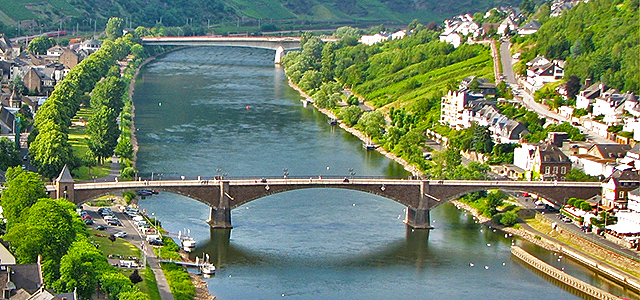
Cochem: Visiting the Medieval town
Colorful half-timbered houses lined the cobbled stone streets with sloping vineyards wrapping the town and ancient castle towering above it. The picturesque town of Cochem is said to radiate so much charm that few other towns in Germany can rival it.
I’m sold the moment I read half-timbered houses. This means the town is most likely dripping in medieval richness which, for some reason fascinates me to no end. Escaping into the Middle Ages is as far from the ash-grey concrete jungle I live in as possible, and that thought is appealing as hell.
Nestled in the Mosel river valley, Cochem has good fortune of being swathed with rolling hills and gleaming rivers. Unchanged for centuries, the town’s quaint cottages, winding paths and a cosy town square have kept the medieval essence alive.
The town is divided by the Mosel River, flowing between the main town on the left, and the Cond district on the right. River tours are available at regular intervals for visitors to soak in the sights. Along the river banks are hotels overlooking the scenic river, along with restaurants and bars. That should give you an idea of where to stay and hang out.
Tip: For a great view of the Cochem architecture, cross over to Cond. This is where you can see the distinct style of Cochem buildings, with rising green hills that peak with the Cochem Castle.
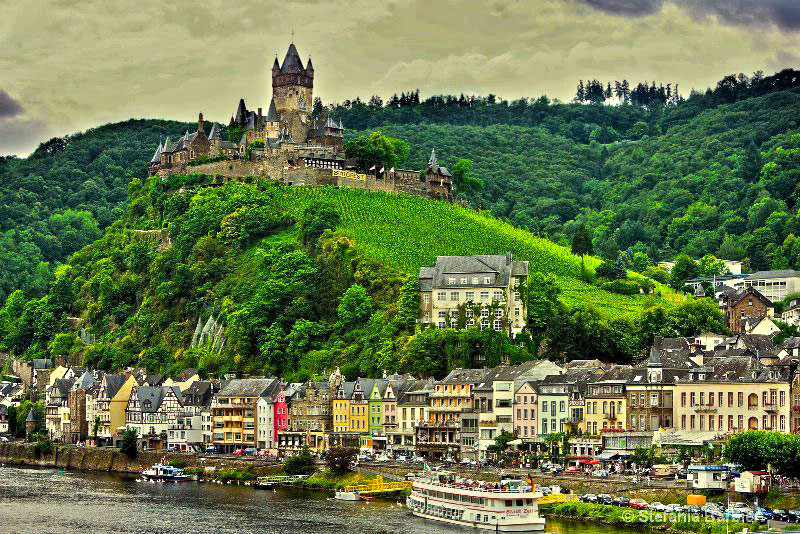
Begin your adventure
Before you start exploring, pop by the Tourist Office. The folks there are known to be helpful and can orientate you around. There are events throughout the year in this charming respite that the tourist office can recommend your participation.
For instance, there is the Easter Market two weeks prior to Easter, so if you’re visiting around this period, you’ll be as happy as an Easter bunny. This is typically followed by the Moselle Wine Week in mid-June, where over 300 wines are offered for sampling. Then in early August, the Cochem Castle opens its doors to everyone during the Castle Festival. The bulk of events take place between May and November each year.
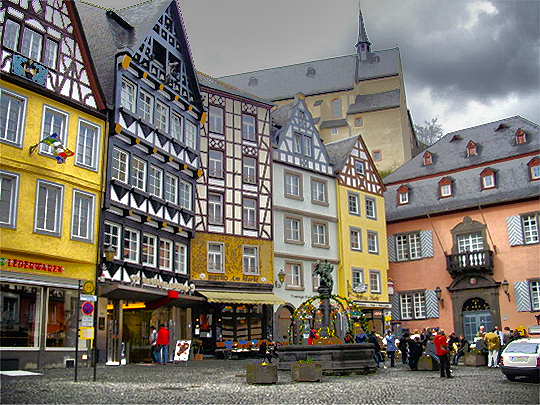
Tip: If you’re a wine lover, visit during September and October; wine tastings are everywhere.
Cochem Castle
When in Cochem, the Castle seems to be the definitive highlight. The Neo-Gothic styled structure houses an extensive collection of Renaissance and Baroque Furniture. The castle’s history dates back to 1051, and was mainly used as a defensive structure and was known to house as many as 40,000 knights. There are guided tours, but they are only carried out in German. However, free translation sheets are available (in 12 languages).
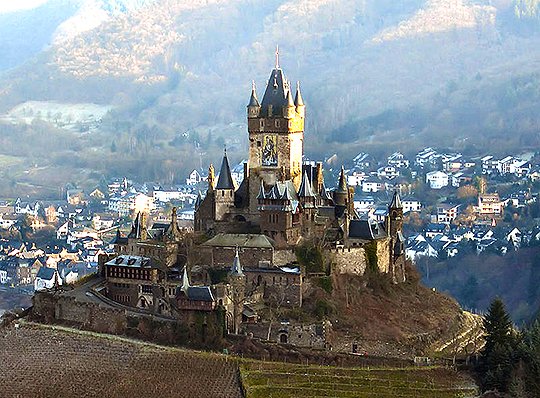
One of the highlights of the castle is The Knight’s Meal, where you can experience life in its historic splendor. The Lord of the Manor first greets you with a cup of the local Moselle wine before seating you down for a four-hour dinner extravaganza. You’ll learn about the customs and cultures during this medieval period, before the night culminates with a knighting ceremony.
Admission charges are 5 Euros for Adults and 3 Euros for children.
Tip: For the best views of the medieval castle, head to the Pinnerkreuz Mountain. You’ll be treated to the gorgeous views of the castle, the Mosel Valley and its surroundings. There’s a restaurant at mountain peak where you can feast both your tummy and eyes. You can either hike or use the chairlift. Operating between Easter and mid-November, the chairlift costs 4 Euros for one way and 5.50 for a return ticket.
Other sightseeing
It may be in ruins but it still evokes emotions. The Winneburg was once a handsome castle that had fallen into disrepair when it was besieged and blown up by French troops in 1689. Never restored, the ruins were a stern reminder of the devastating effects of war.
There are also several chapels and abbeys with rich history behind them worth visiting, like Sehler Dom St. Antonius Abbas, Chapel at the Three Crosses and the Saint Remaclus’s Parish Church. Stepping to each building is like going back in time, with each place of worship variedly designed.
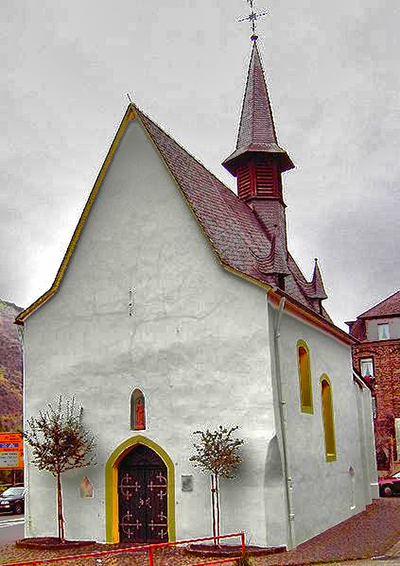
Vineyards
Cochem lies in the center of the Mosel wine trade and its numerous vineyards and small family run wineries offer lovingly produced good quality wines. Stays at vineyards are common; visitors can join in the grape harvesting and pretend to be wine makers for a day. Or picnic in the vineyards while soaking in the relaxed atmosphere of the area and socialise with like-minded visitors.
Sehl
For an even more old-world experience, head south along the Boulevard, to Sehl. With decent accommodations and good hiking paths, it’s an area for old-world seekers. The town has an extensive garden for nature seekers and a chapel for quiet contemplation.
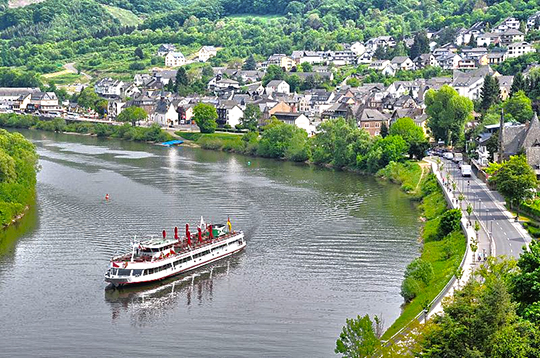
Did you know: Located at the edge of the town is the Eberbach Kloister and Winery, where the vineyards of Eberbach Abbey were, at 300 hectares, the largest in medieval Europe.
Tip: When visiting Cochem, do bear in mind that it turns quiet after 6pm. Most day tourists would have gone back and shops close for the day.
While it lacks the comforts and convenience that big cities offer, Cochem appeals to me with its small town charm and stunning landscapes. I look at it as an ideal spot to bask in the simplicity of life.
I just need to remember to leave my cell phone and other electronic devices at home.
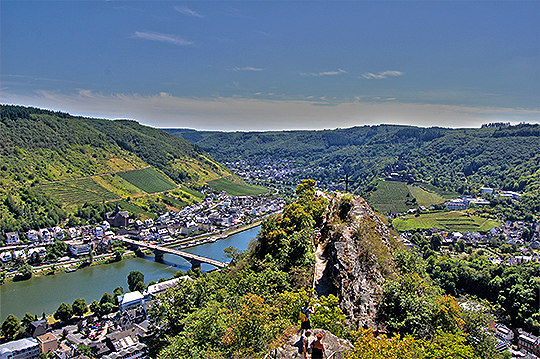
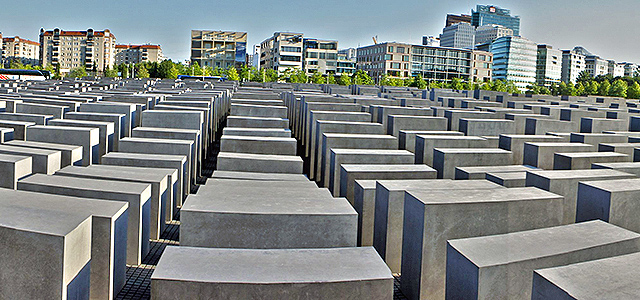
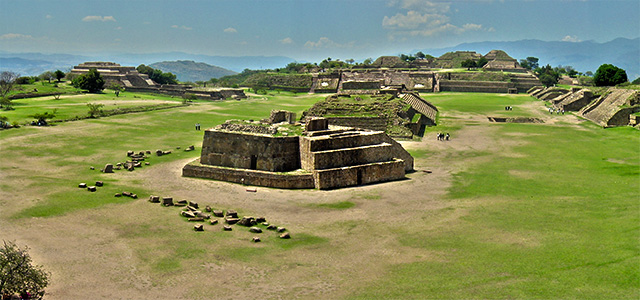
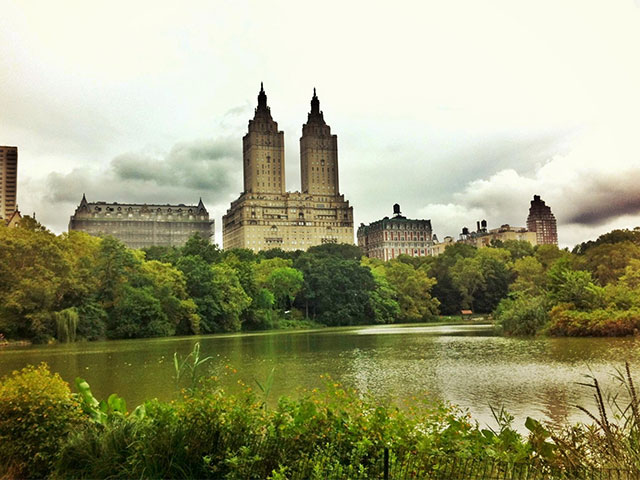
One Comment
Pingback: